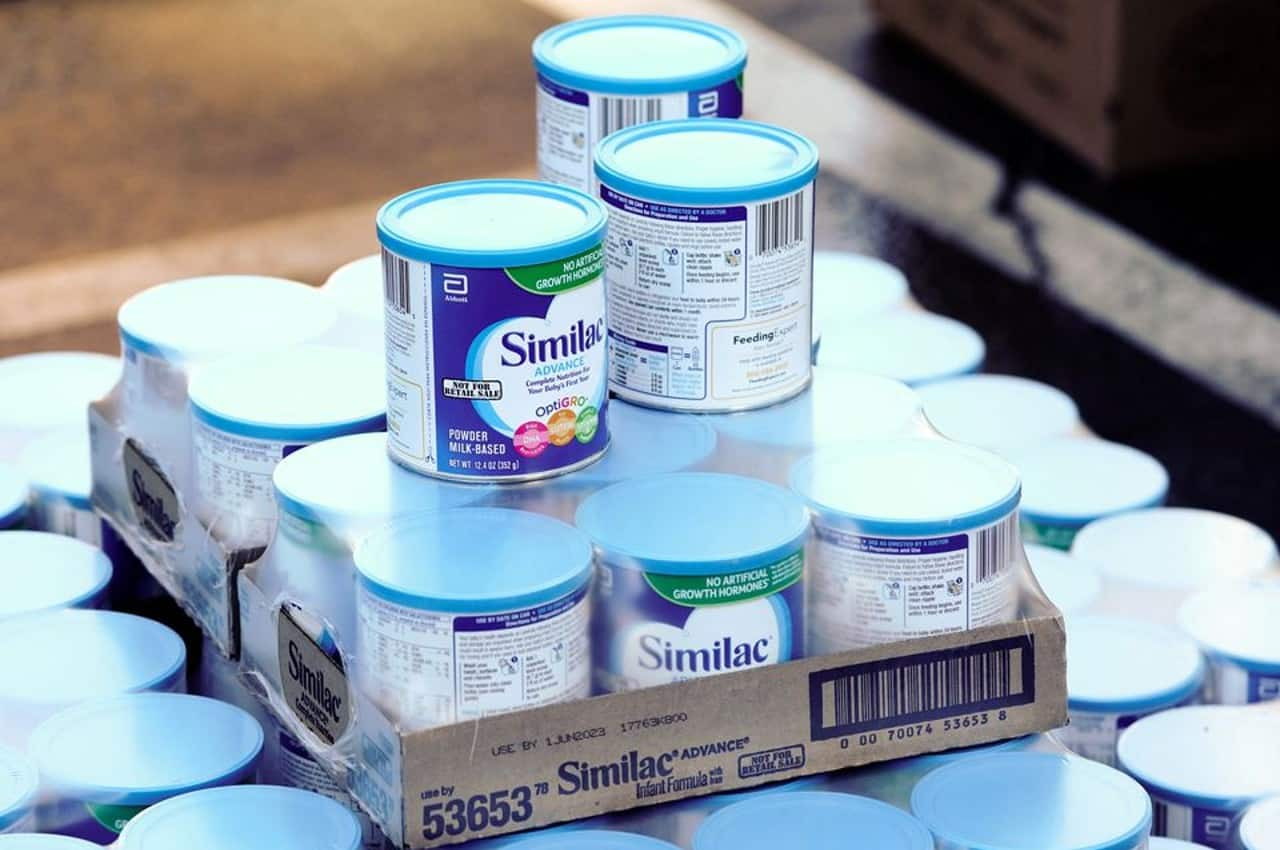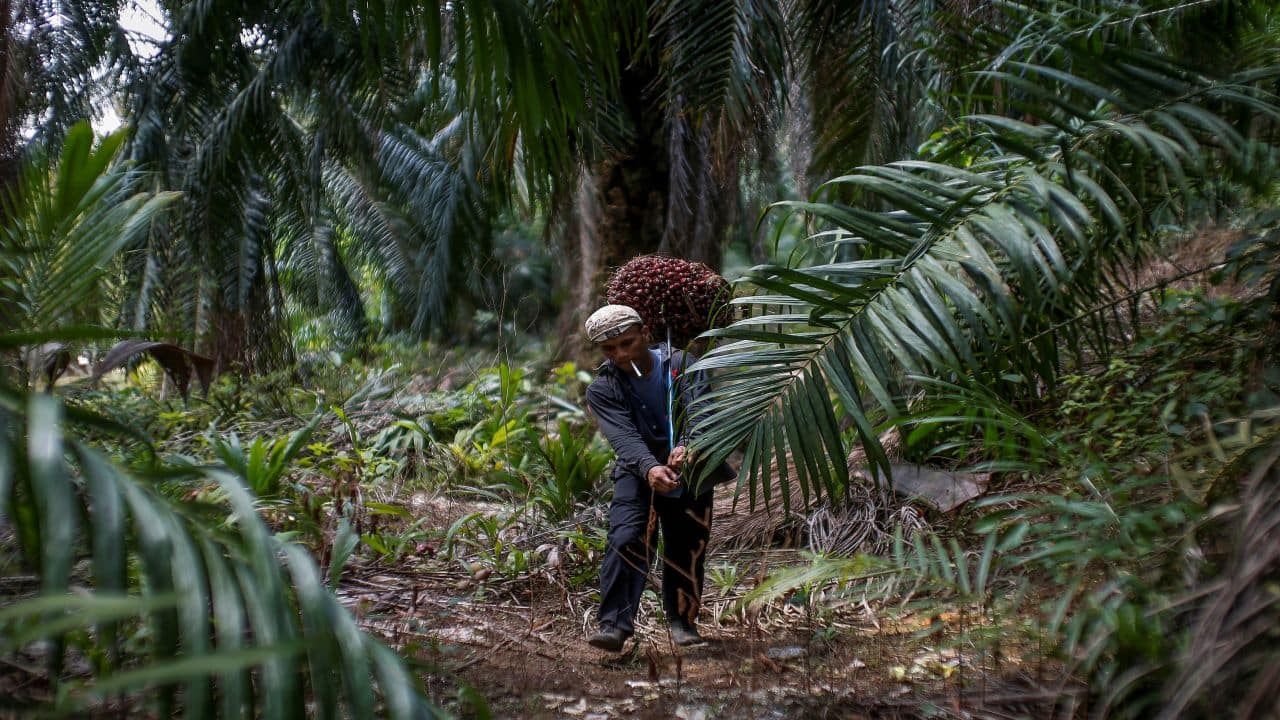



The food market faced an unprecedented crisis in 2022 with rapid increase in prices and supply shortages of key commodities around the world. Food insecurity, which had already been on the rise since 2018, intensified with the pandemic-led disruptions.
The situation took a turn for the worse with Russia’s invasion of Ukraine in 2022 and subsequent sanctions on the Russian economy by the West, which only pushed food prices higher.
Due to supply-chain disruptions, record-high food inflation has threatened economies this year, leaving consumers scrambling amid shortages. We take a look at few such scenarios of food shortages reported around the world in 2022, and the impact it had on consumers.
Also Read: Feed the world? India has a chapati crisis brewing at home
India’s ban on wheat exportsFollowing a nearly 40 percent rise in global wheat prices in the aftermath of the Russia-Ukraine crisis, India, the world’s second-largest wheat producer, banned wheat exports in May in order to stabilise domestic prices. Global buyers were banking on Indian wheat after exports from the Black Sea region plunged following Russia’s invasion of Ukraine.
India exported a record 7 million tonnes of the grain in fiscal 2021-22, and the exports surged after the Ukraine war. The country exported a record 1.4 million tonnes of wheat in April, with buyers scrambling for alternatives as Black Sea supplies were hit hard.
For many countries in the Middle East and Africa, wheat from Russia and Ukraine comprises over 50 percent of their total wheat import. The shortage pushed wheat prices higher aggravating hunger across the lower income economies of the world.
Also Read: US mom sold breastmilk amid shortage of baby formula
Abbott, the biggest infant formula maker of the US, recalled multiple products and halted production in February at one of its facilities after bacteria was found at the site. This impacted the supply of formula products. A few months later, the country reported a full-blown crisis.
A little over 20 percent of the formula products were out of stock in the six weeks leading up to July 24, according to data collected by market research firm Information Resources Inc. (IRI).
At the height of the shortage, parents were forced to take drastic measures to feed their infants, including paying steep prices to black marketers who took advantage of the emergency. Many consumers purchased from fraudulent sites and didn’t realise they were exploited, until their orders never arrived.
Two manufacturers in the US — Reckitt Benckiser, which makes the popular Enfamil brand of formula, and Perrigo, which manufactures generic baby food for retailers, ramped up production. Perrigo manufactures generic formula sold under different brand names by retailers such as Walmart, Target, etc.
The federal Food and Drug Administration (FDA) relaxed restrictions on imports and allowed more than a dozen non-US companies to ship more than 18 million cans of formula into the United States. This involved a mix of established manufacturers such as Danone and Nestlé in Europe, and also smaller, lesser-known companies like Britain’s Global Kosher, and Care A2+, an Australian company that started operations in October 2020.
Months after the crisis, parents are still worried that relying on non-US brands could lead to issues for babies whose sensitive digestive systems may not adapt easily to switching to US-made baby formula once suppliers ramp up production and the foreign foods are phased out.
 A pallet of Similac infant formula is seen at a drive-thru food distribution organized by the Los Angeles Regional Food Bank, in West Covina, California, U.S. (Image: Reuters)Egg shortage in the UK
A pallet of Similac infant formula is seen at a drive-thru food distribution organized by the Los Angeles Regional Food Bank, in West Covina, California, U.S. (Image: Reuters)Egg shortage in the UKAccording to the British Retail Consortium (BRC), UK is heading for a bleak winter as prices continue to soar, particularly for meat, eggs, and dairy. Empty shelves in UK supermarkets bear evidence of stretched supply chains.
Over the past month, the scarcity in the supply of eggs in UK has led to limits on the number of cartons customers can buy at major chains like Tesco, Asda and Lidl, according to Euro News.
The biggest hike was reported last month in the country - a 20.1 percent increase for a pack of 15 own-label Tesco caged eggs. In absolute terms, prices rose from £1.49 to £1.79. In January, the product was priced at £1.18, which means prices rose by 51.7 percent since the turn of the year.
The egg market in the UK has also been hit by the rising cost of energy and animal feed, partly due to the Russia-Ukraine war, and partly due to inflation, according to the Department of Environment, Food and Rural Affairs (Defra). Milk and butter prices have also increased substantially over the year.
Then there’s bird flu. Richard Griffiths, CEO, British Poultry Council, has said that consumers should expect a shortage of British free-range turkeys this year. He told the UK government that a million of the 8.5-9 million turkeys farmed in the UK have been culled or died from bird flu.
The National Farmers’ Union (NFU) of the US has also said that the egg shortage could spread to the US, and supply and cost issues could even impact food and vegetable production.
Also Read: Egg shortage hits Australia as supermarket shelves go empty
Potato shortage Down UnderColes, Australia's second-largest grocer, recently imposed limits on the sale of frozen potato chips due a nationwide supply shortage. Customers are temporarily restricted to purchasing no more than two bags, according to a report by The Guardian.
“This will help maintain availability for all customers,” the supermarket said in a statement on December 16. Australian farmers blame a cold and wet winter for the shortfall in potatoes, with shortages likely to persist until January 2023.
The wet weather’s impact on the soil affects both planting and harvesting. The biggest issue in some regions is that farmers can’t plant potatoes at the moment. Heavy rainfall along Australia's east coast destroyed various crops like lettuce, wheat, and also certain fruits.
Also Read: G7 price cap on Russian crude, OPEC+ production cut: Key triggers for global oil market
Indonesia’s ban on palm oil exportsIndonesia, the world's top palm oil producer, announced a ban on its export in April. Indonesia counts for more than half the world’s palm oil supply. Palm oil is the most used edible oil in the world, and the prospect of 50 percent of the global supply disappearing overnight spooked commodity markets. Prices of palm oil as well as other edible oils jumped.
Widely used in products ranging from cakes to cosmetics, the ban raised costs for packaged food producers globally and forced governments to choose between using vegetable oils in food or for biofuel.
Earlier, palm oil yields in Malaysia — the world's second-largest producer — had plummeted to near 40-year lows in 2020/21. Travel restrictions imposed in 2020 to fight the pandemic left the Malaysian palm oil industry short of 1,20,000 foreign workers needed to maintain the trees and harvest the fruit.
Since then, palm oil prices have dropped following the resumption of exports from Indonesia, and a rebound in world oilseed production with an estimated all-time high soybean output in the United States and Brazil.
 Indonesian worker Abdul Rahim Gani carries oil palm fruits at Felda Bukit Cerakah in district of Klang outside Kuala Lumpur (Image: Reuters)What next?
Indonesian worker Abdul Rahim Gani carries oil palm fruits at Felda Bukit Cerakah in district of Klang outside Kuala Lumpur (Image: Reuters)What next?Following the war in Ukraine, high food prices prompted several countries to impose export restrictions. This worsened the global food crisis.
As of November 28, 19 countries had banned the export of 23 food items, and eight had implemented 12 export-limiting measures, according to the World Bank. The world food import bill will rise to $1.94 trillion in 2022, higher than previously expected.
This marks a record high and is a 10 percent increase over the record level of 2021, estimated by the UN Food and Agriculture Organisation’s (FAO) bi-annual report on the global food market.
Prior to the global trade disruptions following the Russian invasion of Ukraine, the pandemic had already disrupted food supply chains. The rise in fuel and transport prices compounded the problem. These, along with food shortages in the West, could drive millions more into poverty and hunger.
According to the International Monetary Fund (IMF), the jump in food and fertiliser prices due to the Russia-Ukraine war has prompted the worst food security crisis since the one following the global financial meltdown of 2008, with some 345 million people now facing life-threatening shortages.
Experts reckon that the $12 billion fund to address food security announced by the World Bank earlier this year may not be quite enough.
Discover the latest Business News, Sensex, and Nifty updates. Obtain Personal Finance insights, tax queries, and expert opinions on Moneycontrol or download the Moneycontrol App to stay updated!
Find the best of Al News in one place, specially curated for you every weekend.
Stay on top of the latest tech trends and biggest startup news.